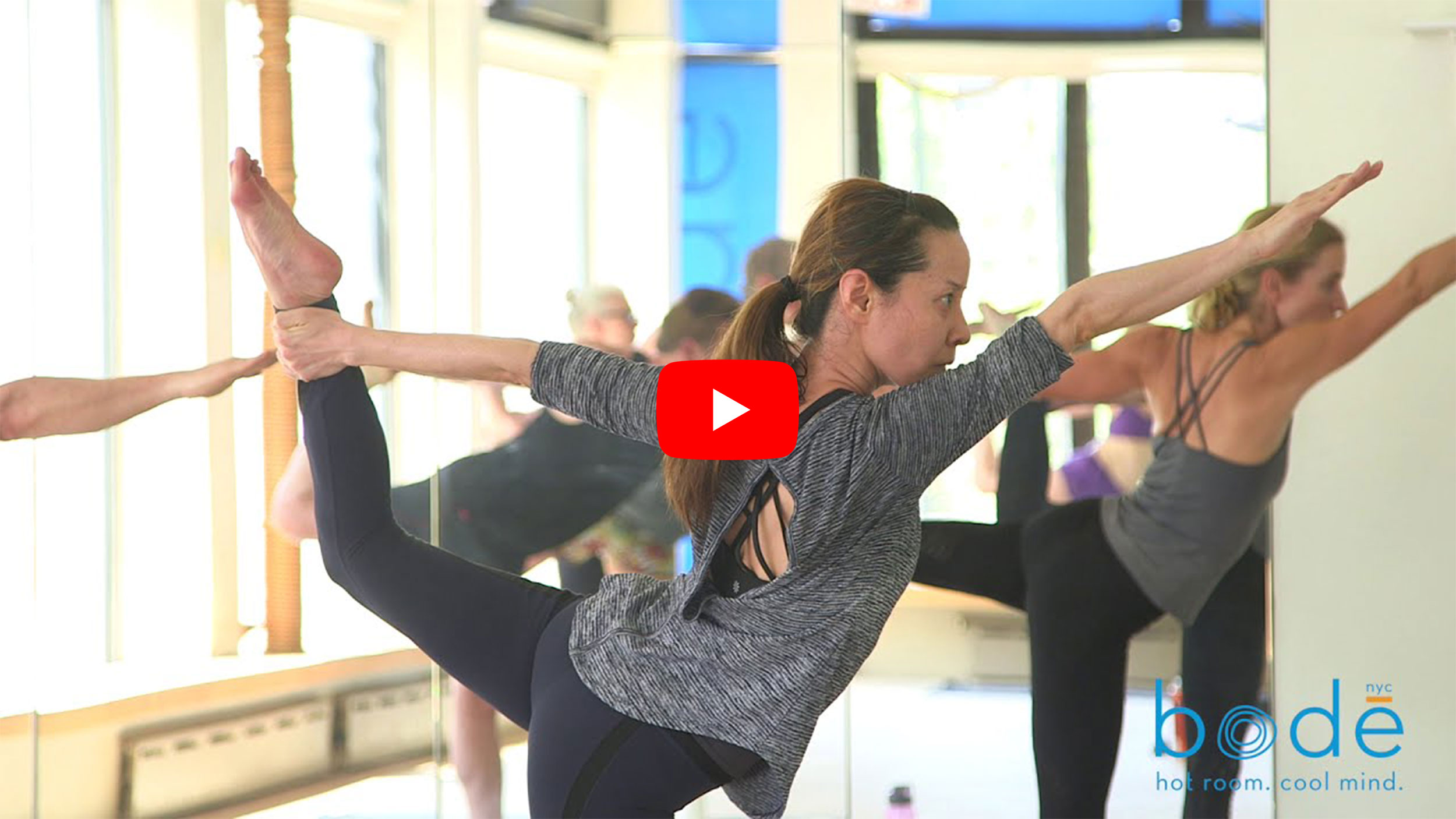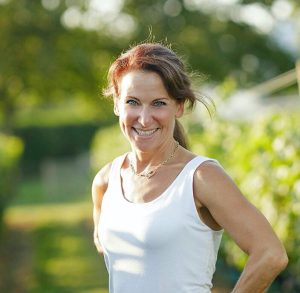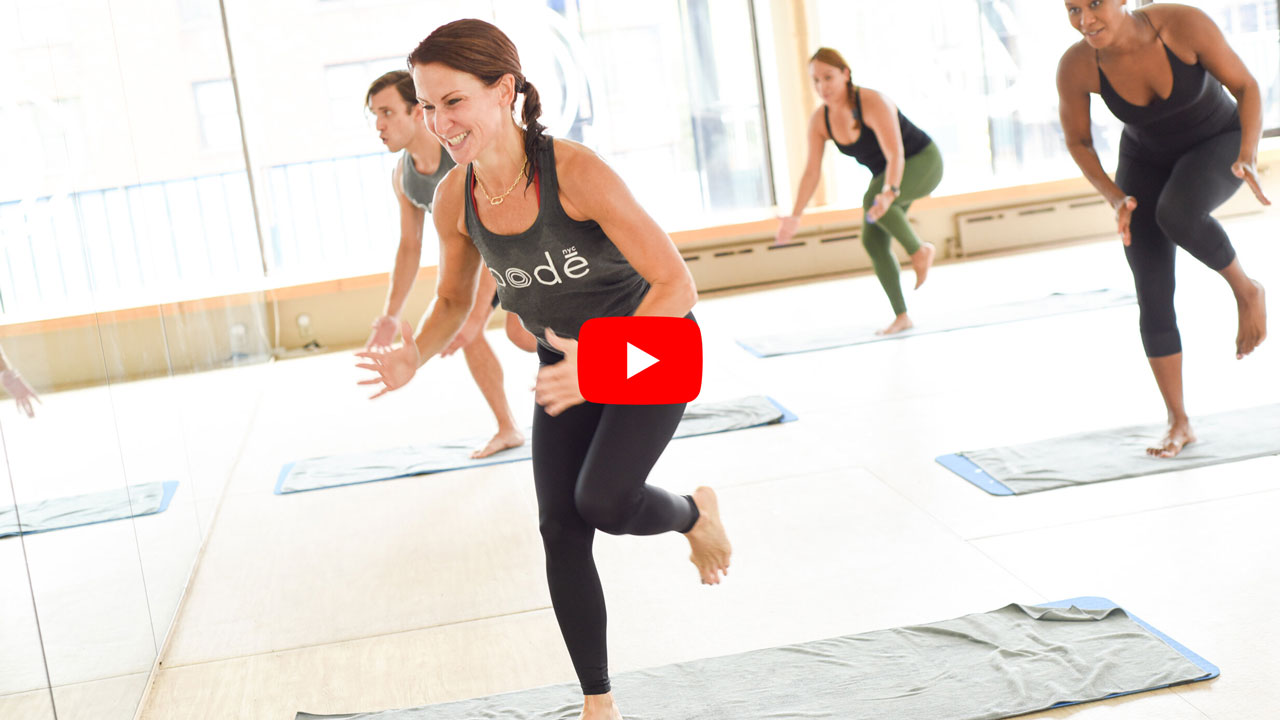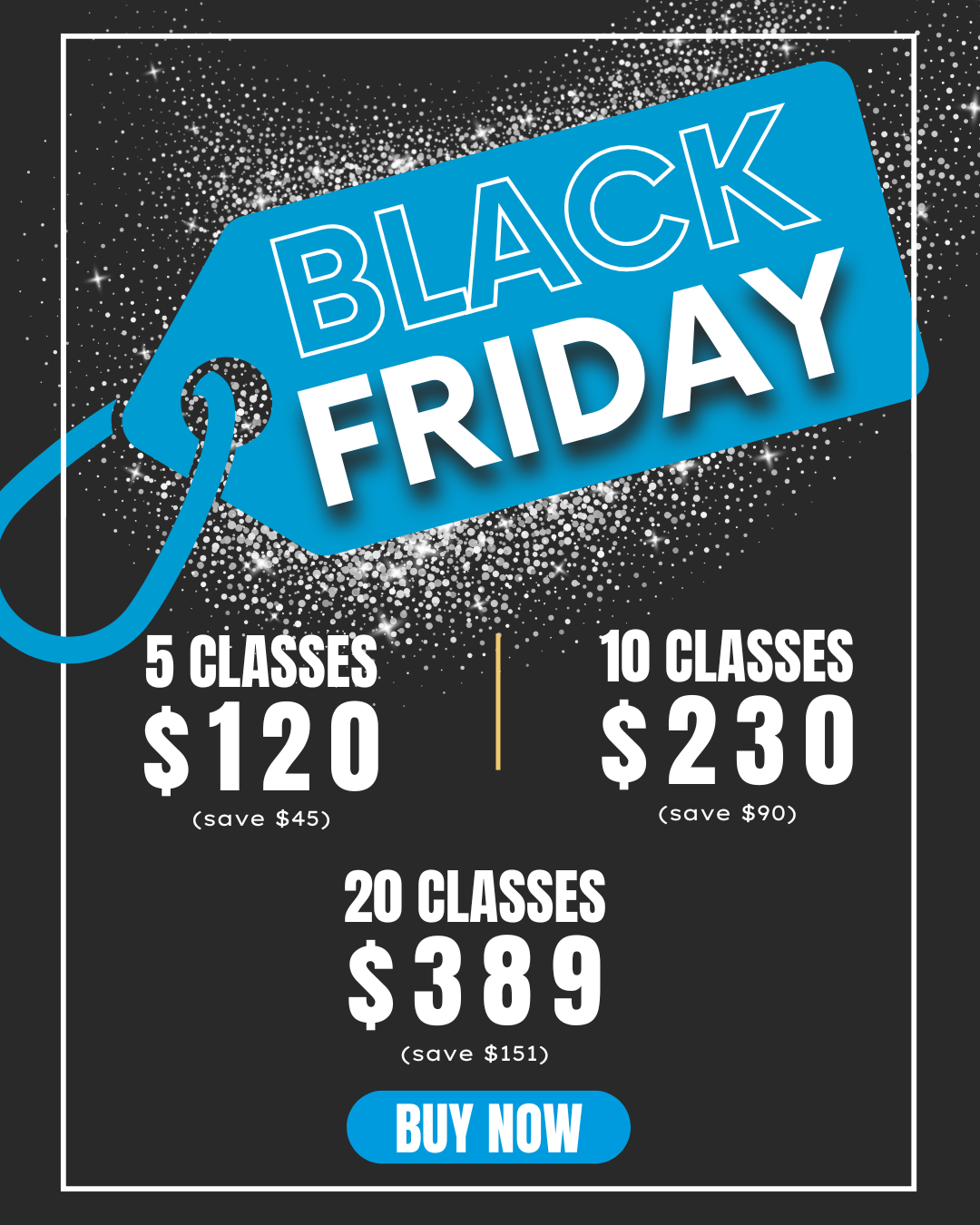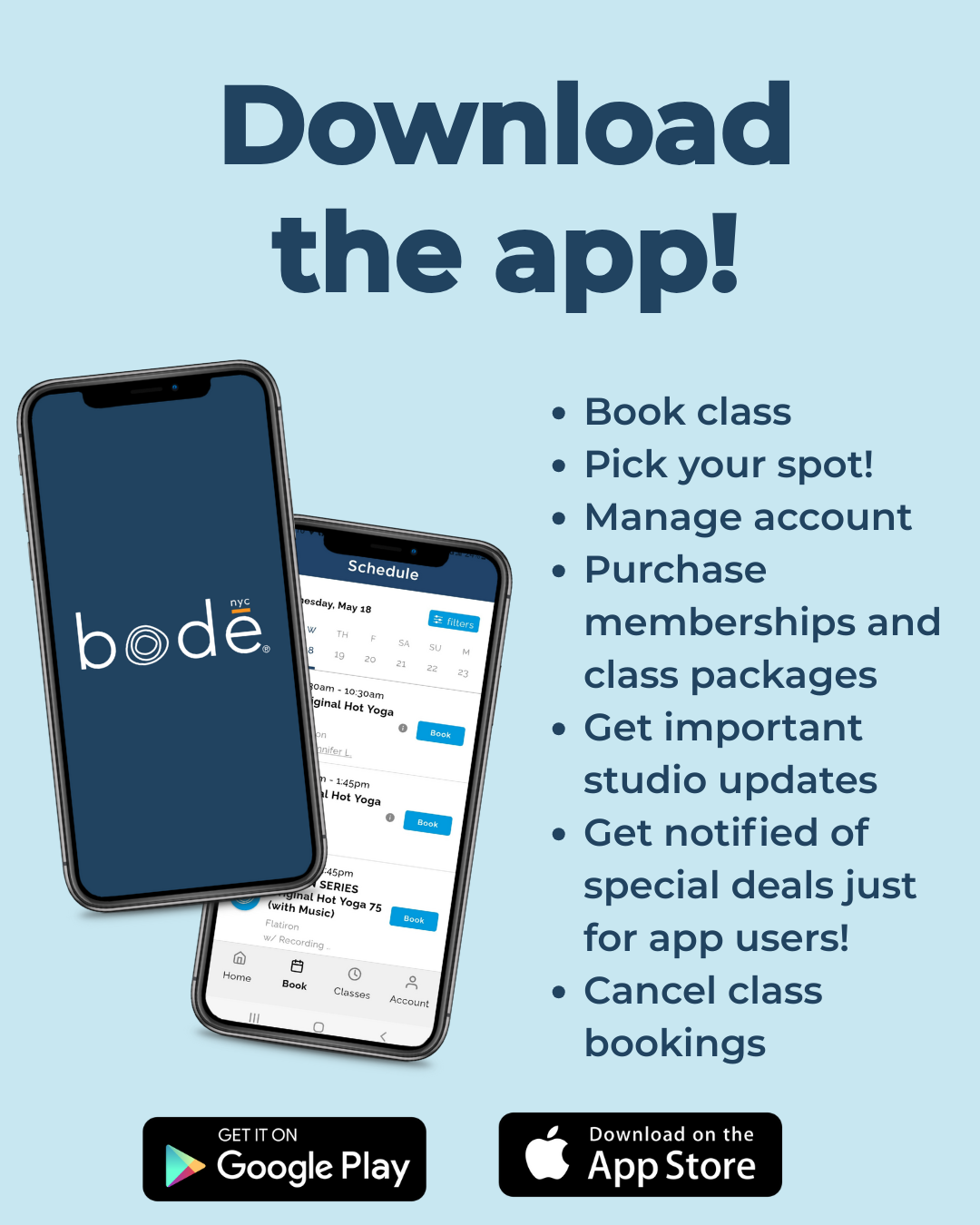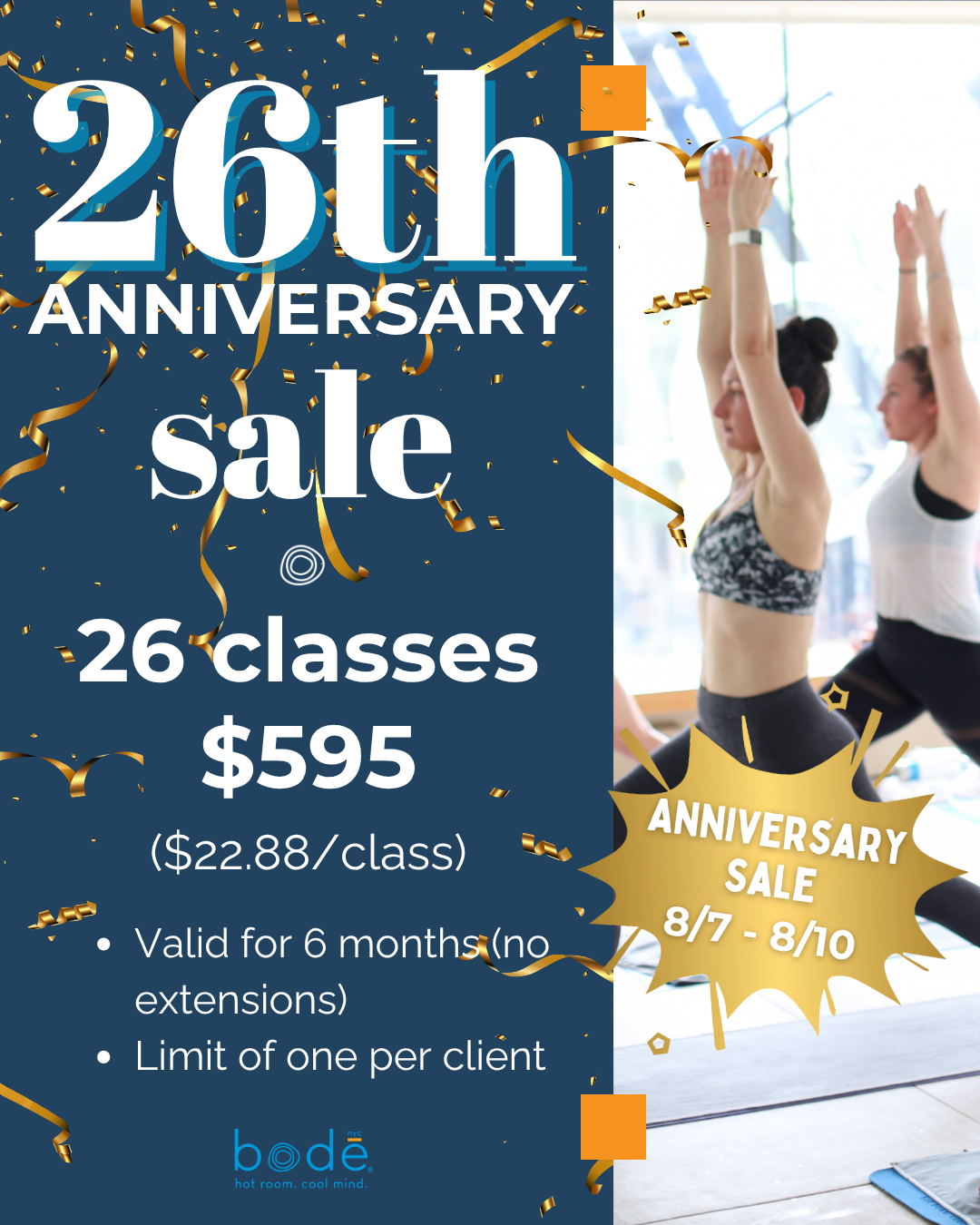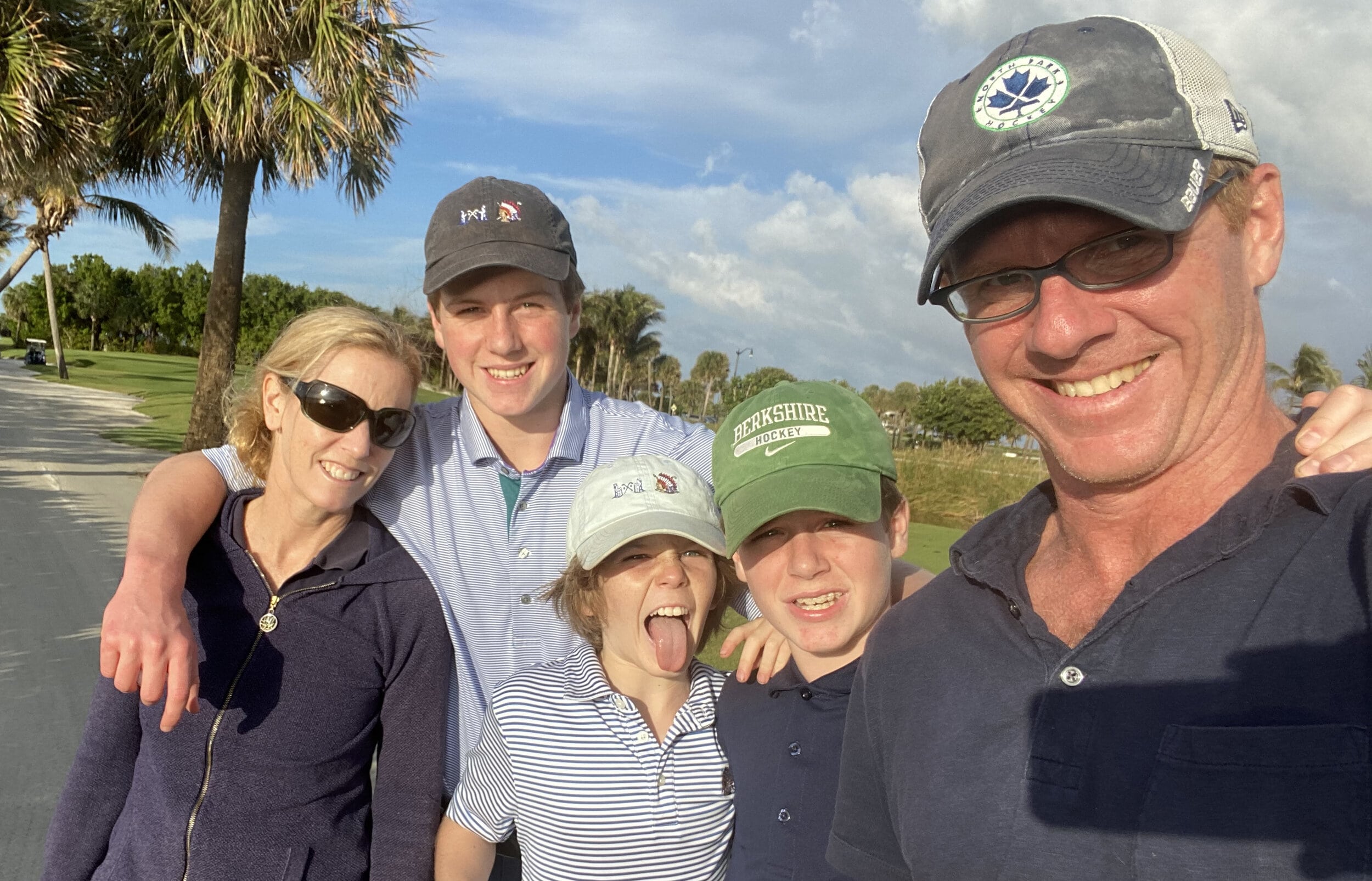
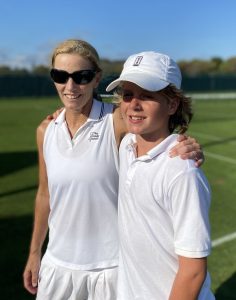 I love sports. Sports of every season — golf, tennis, skiing, volleyball, soccer, basketball, running — you name it, I’ll do it.
I love sports. Sports of every season — golf, tennis, skiing, volleyball, soccer, basketball, running — you name it, I’ll do it.
Or at least I’ll try it!
That’s been my mantra for as long as I can remember. Pursuing an active lifestyle is very much who I am — part of my identity — and I know I’m not alone.
But I am of a certain age now (Hint: back 9, if you’re a golfer) and I want to be able to keep playing sports for as long as humanly possible. It’s no secret that the Original Hot Yoga series has been “my fountain of youth” and my true energy source for the past 23 years. In fact, I feel better in this decade of life than in my teens and twenties, before I discovered the practice.
Of course, nobody likes a know-it-all, but I wholeheartedly believe in the power of this yoga series. So much so, that I’ve devoted my life to the practice — both as a teacher and studio owner. Over the past two decades I’ve seen the benefits first hand… both in myself and in the thousands of practitioners I’ve had the great fortune to teach.
And still…
I constantly hear my friends (also of a certain age) complaining of their myriad aches and pains…
“I can’t run anymore,”
“My knees are done!”
“I had to give up tennis because of carpal tunnel.”
“I can’t ski bumps anymore because my lower back is shot.”
“I’m taking the season off from golf due to frozen shoulder.”
“I can’t throw the football with my kids anymore because my arm gets too sore.”
“I am always SO TIRED.”
Not to mention the contraptions… knee braces, back wraps, compression socks, and more!
I feel I’m often put in an awkward position. I don’t like to preach, but at some point I want to yell at some of them: “ENOUGH IS ENOUGH! Don’t be a prisoner in your own body.” They could easily take back control simply by committing to this series of 26 postures and 2 breathing exercises. And they can ease in. Of course they can! Even just a class or two a week would have a profound effect. They could get back to the things they love — have the energy to play with their kids, ski the black runs without fear of injury, rediscover their tennis serve.
There is so much fun to be had, and I believe it all starts on your yoga mat.

THE LIGHTBULB
In the end of those conversations I usually just bite my tongue and simply squeak out, “Well you know what I’m going to say…” And we agree to leave it at that. Of course, every once in a while — to my pleasant surprise — one of those friends will show up for class. Especially over the past 10 months, the Live Stream options have made it easier than ever to join us.
And those that do stick with it will come to me two months later and say, “I can run again; my knee doesn’t hurt anymore!” Or “After 4 years of lower back issues, I am finally pain-free!” I so badly want to shout out “I told you so,” but of course I resist that urge and simply nod my head and smile.
The truth is, these are the moments that make it all worth it — when the lightbulb goes off and they start to discover what I figured out a long time ago.
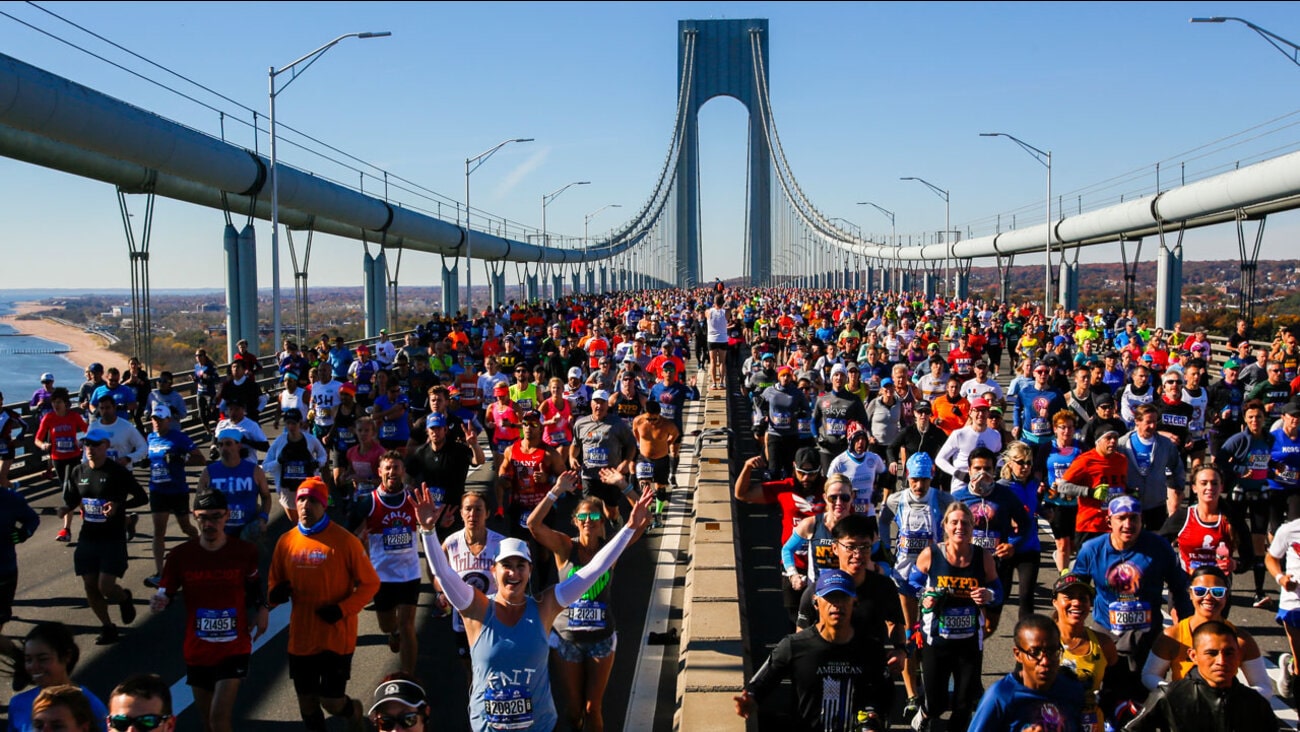
RUNNING THE MARATHON
I like to tell the story about my marathon-running days. I was in my late-20’s, living in San Francisco, and doing lots of sports. I’d play soccer on the weeknights, go skiing and mountain biking on the weekends, and of course did lots of running on hard city cement! One day my friends Sara and Mary Corpening suggested I try yoga. “Yoga?” I said “It’s SO BORING. I’m just NOT a yoga person.”
Well, they were persistent enough to get me to try this “hot yoga” (though they failed to mention the heat in their initial pitches.) I remember thinking at the beginning of that first class, “Wow, this is really hard.” And with each new posture, it only got harder. Like many first timers, I struggled through much of that class, but by the end I felt AMAZING! I felt energized and light, and couldn’t wait to return to the hot room.
A few months later I got a last minute entry into a marathon. At that point, I was less than two months out from raceday, which runners will tell you is a bit insane. Most marathoners train for 16 to 20 weeks, just to get themselves ready for that sort of undertaking. But somehow I knew I could do it. I hadn’t really been running at all, but I had established a regular (5x a week) Original Hot Yoga practice. I could feel myself getting stronger and notably, more flexible.
As an athlete, I was never very flexible. (I couldn’t even touch my toes at the time.) But I was starting to see how flexibility and strength worked hand-in-hand. My endurance was up and because of that my confidence was at an all-time high.
Well, guess what? I decided to run that race with very little training and finished with my best time (3:42).
How? I’m sure you know what I’m going to say… the yoga!
The Original Hot Yoga series improves your body in all these areas:
It expands your lung capacity
It works your cardiovascular system
It creates strength and flexibility in your muscles
I remember finishing the NYC Marathon feeling like I could’ve run more. How about one quick lap around the park? My ankles and my knees felt great, my hips were strong, and I had energy to spare.

PREACHING TO THE CHOIR
If you’re reading this, you’ve undoubtedly tried the practice… probably even believe in the practice the way I do. You’ve maybe had similar conversations with friends and family, and wish they would believe you about the benefits of the practice. Stay vigilant. And stay patient. Keep inviting friends to class. Save them a spot. Make it easy for them to become part of the community. We will be here with open arms when they come to their senses.
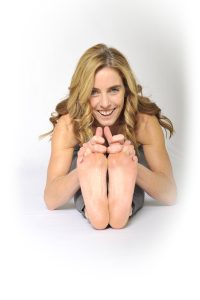 To those who still haven’t tried this yoga series before, my challenge is simple: Give it a chance. Especially now when the studios are closed, it’s never been easier to fit it into your schedule. We offer more than 30 classes a week on our Live Stream platform, so you can take class from the comfort of your own home. It’s a great way to familiarize yourself with the postures, so you’ll be ready to go when in-studio classes resume.
To those who still haven’t tried this yoga series before, my challenge is simple: Give it a chance. Especially now when the studios are closed, it’s never been easier to fit it into your schedule. We offer more than 30 classes a week on our Live Stream platform, so you can take class from the comfort of your own home. It’s a great way to familiarize yourself with the postures, so you’ll be ready to go when in-studio classes resume.
The series was designed with beginners in mind. As long as you work to your maximum — whatever that is — you’ll get all of the benefits. And the beauty is this series never changes. The same postures in the same order, which are designed to systematically work every muscle, tendon, ligament, and joint in your body.
Not flexible? This is the best way to stretch those muscles.
Don’t do yoga? Neither did I. This is a whole different kind of yoga.
Don’t know how to start? Commit yourself to a class.
The studios may be closed for regular classes, but that doesn’t mean you can’t join us. Explore this website to learn more about who we are, what we offer, and how you can join the community. The best way is to just pick a class and sign up. Commit yourself to carving out a little time for you.

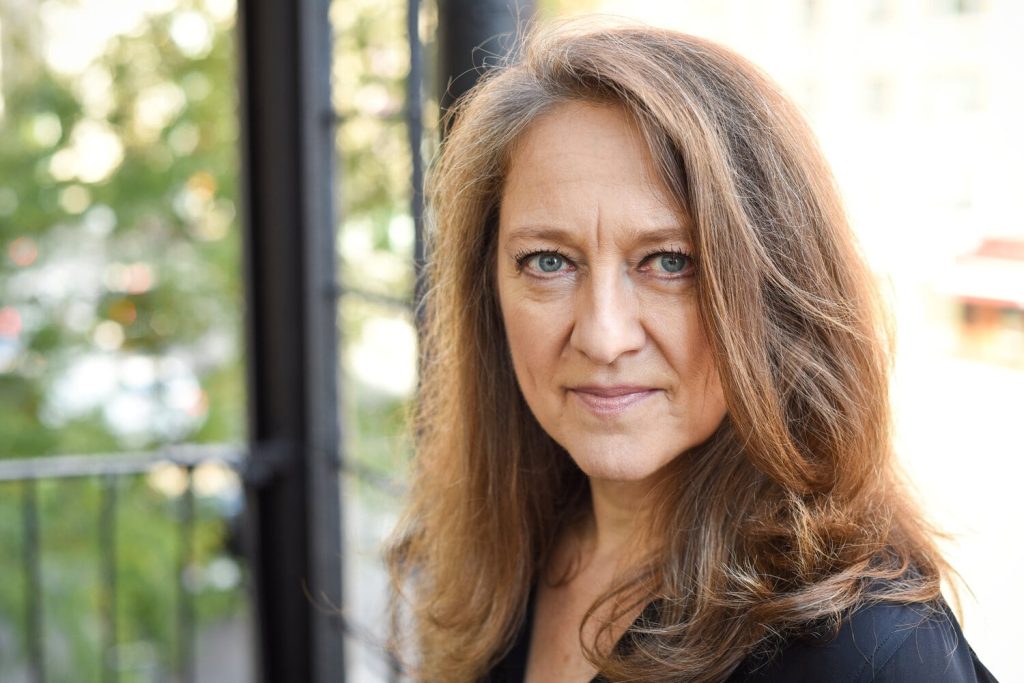
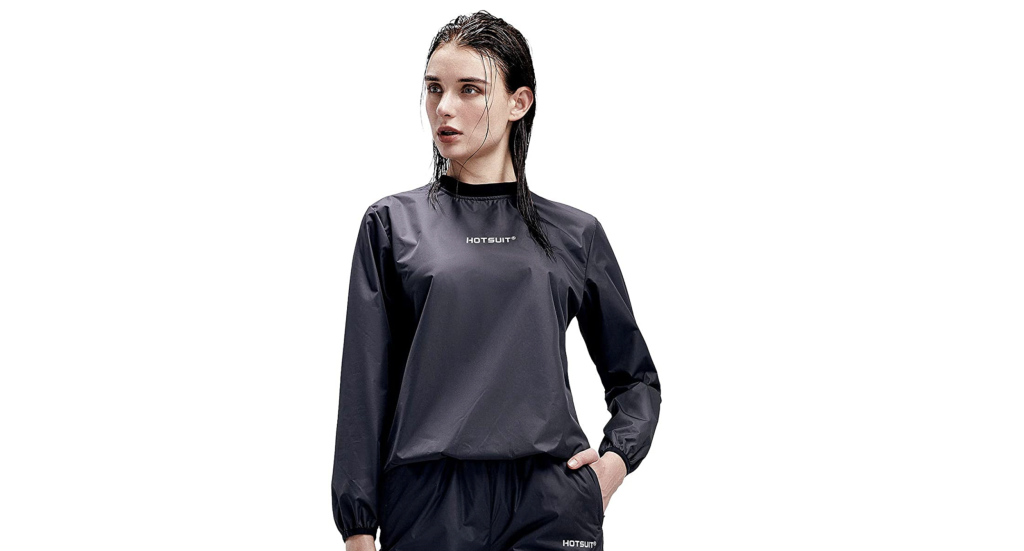
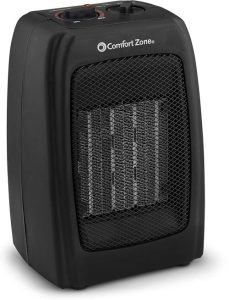

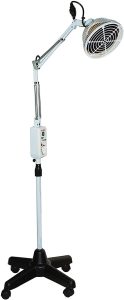
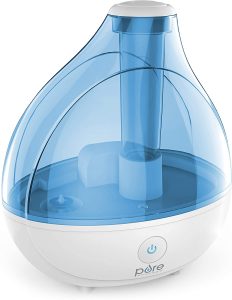
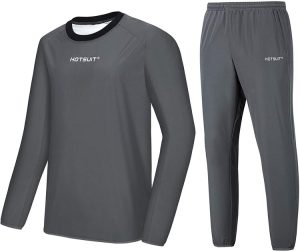
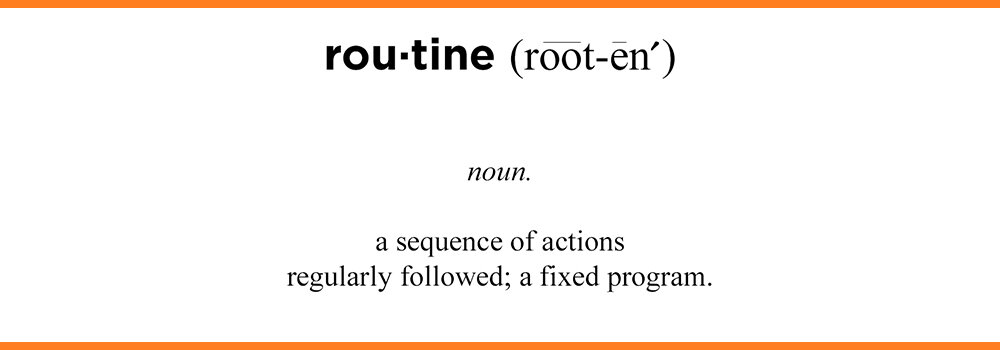

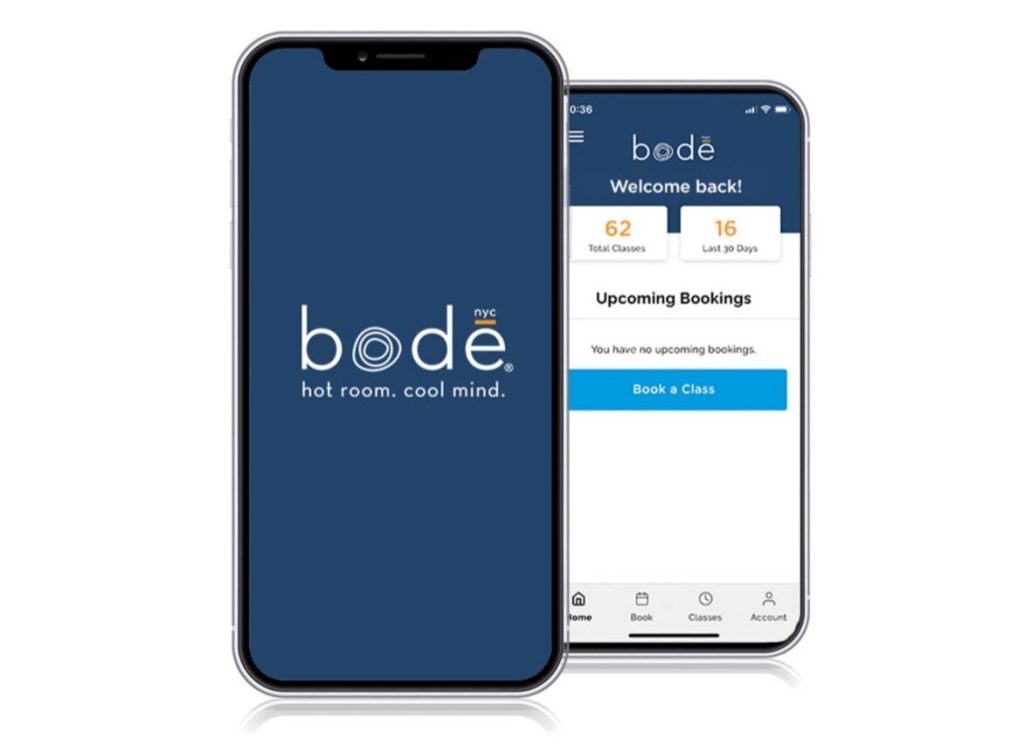
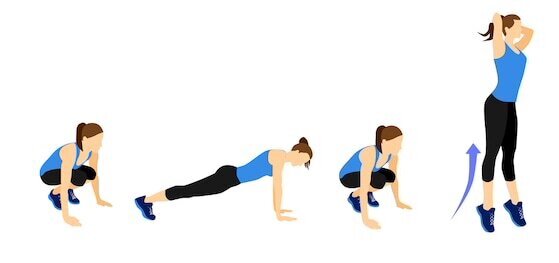

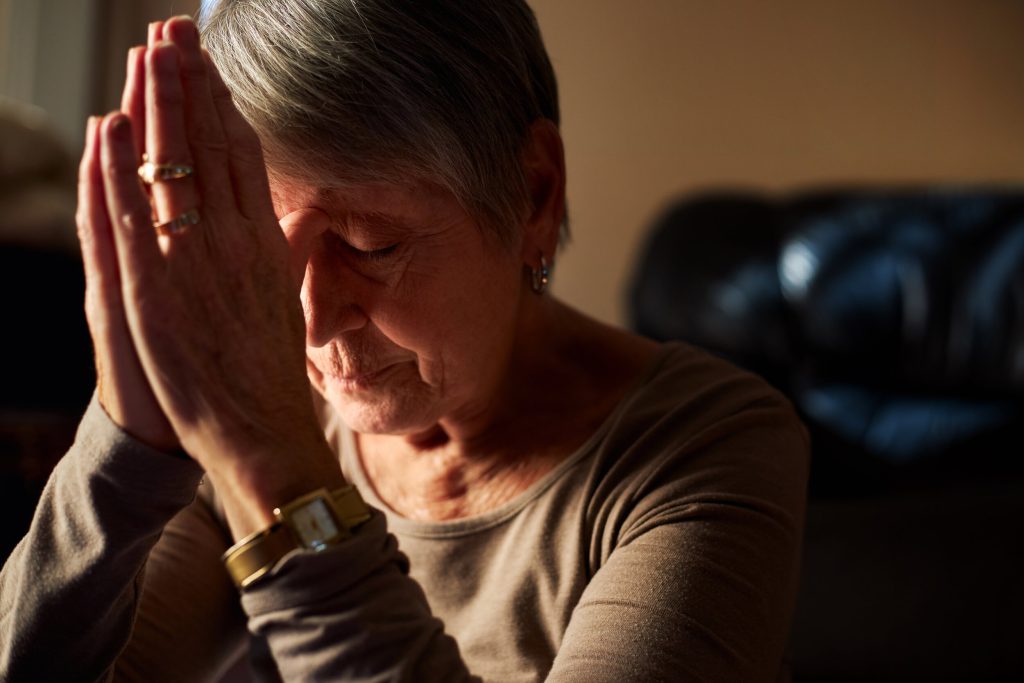

 The researchers wanted to know whether complementary services (like daily journaling) would have a measurable effect on a patient’s mental health, and even they were surprised by their findings.
The researchers wanted to know whether complementary services (like daily journaling) would have a measurable effect on a patient’s mental health, and even they were surprised by their findings.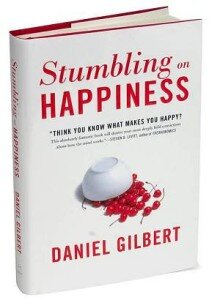
 4. Gratitude releases us from negative emotions.
4. Gratitude releases us from negative emotions. 

